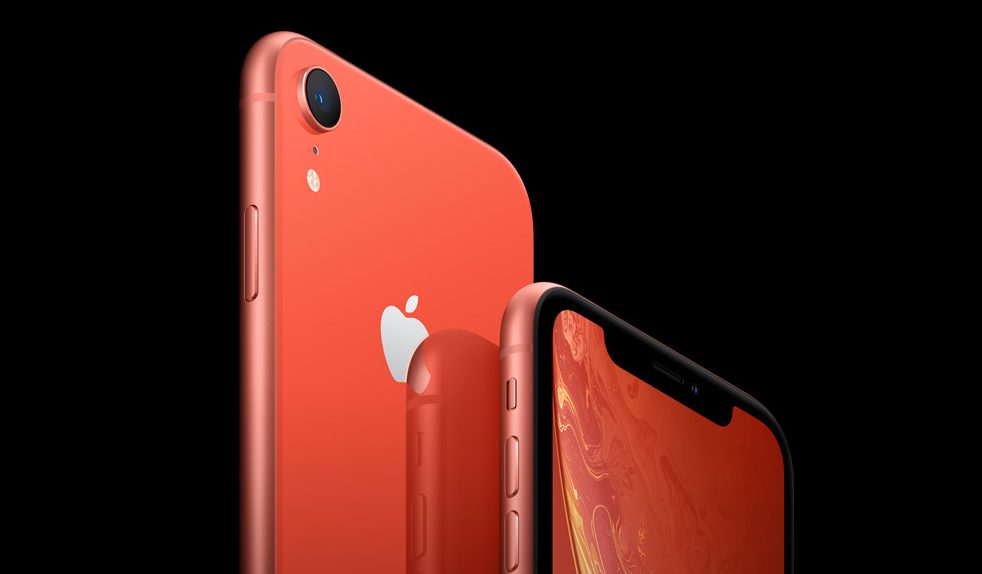Beta releases aren’t supposed to be perfect — that’s why they’re beta releases and not final releases — but Apple has seemingly had a difficult time sorting out its iOS 13 developer and public beta releases. We have already seen a developer beta released twice (because the first was such a mess) and the public beta releases have been anything but consistent. And today, Apple rolled out an update that is labeled as iOS 13.1 developer beta.
While some speculated that this might be a mistake, the release notes on Apple’s website prove otherwise. It appears that iOS 13 has been finalized for release, and testing for the first major iOS 13 update has begun. This suggests that iOS 13 beta 8 and public beta 7 were the last iOS 13 beta releases ahead of launch.
Wondering if your device is compatible with iOS 13 or iPadOS 13? Almost everything capable of running iOS 12 is also compatible with iOS 13, but there are a few exceptions. Here’s the full list of compatible devices:
- iPhone XS
- iPhone XS Max
- iPhone XR
- iPhone X
- iPhone 8
- iPhone 8 Plus
- iPhone 7
- iPhone 7 Plus
- iPhone 6s
- iPhone 6s Plus
- iPhone SE
- 12.9-inch iPad Pro 3rd generation
- 12.9-inch iPad Pro 2nd generation
- 12.9-inch iPad Pro 1st generation
- 10.5-inch iPad Pro
- 9.7-inch iPad Pro
- iPad Air 3rd generation
- iPad Air 2
- iPad 6th generation
- iPad 5th generation
- iPad mini 5th generation
- iPad mini 4
- iPod touch 7th generation
As we’re sure you know by now, installing a new iOS 13 or iPadOS beta on your iPhone, iPad or iPod touch couldn’t be easier. Just navigate to Settings > General > Software Update and then tap “Download and Install” at the bottom of that page. If you want, you can also install the update through iTunes by connecting your iOS device to a computer. Whichever method you choose, just make sure to back up your device before installing the update.








